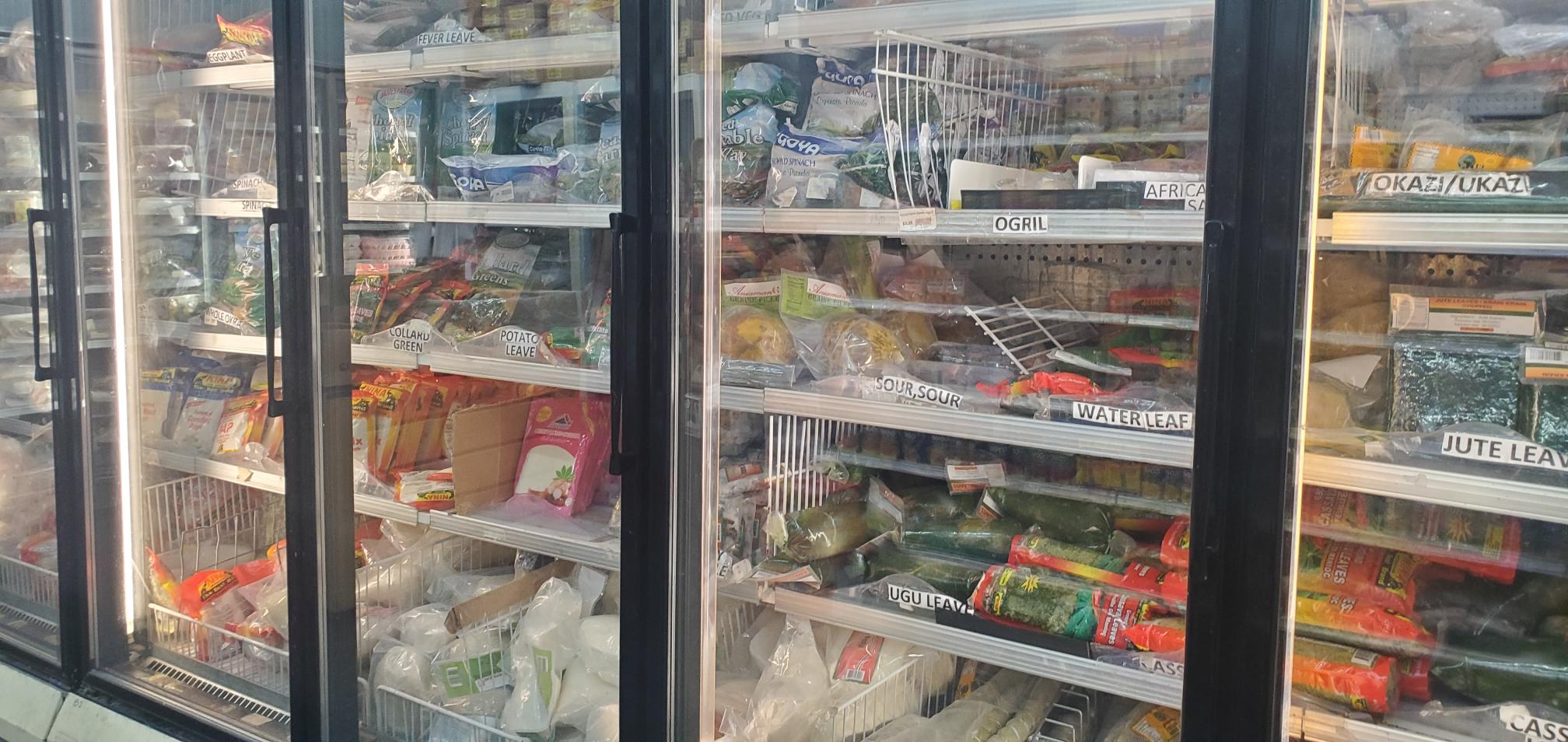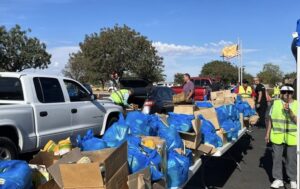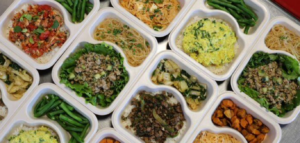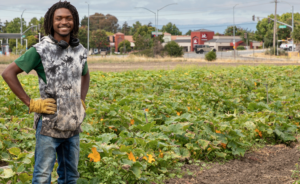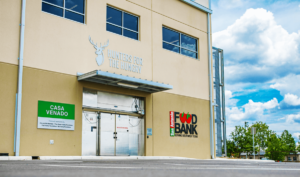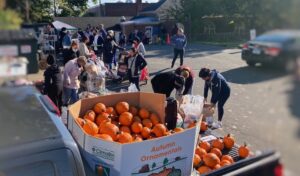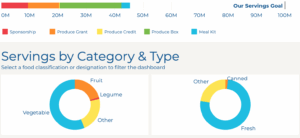Manna Food Center’s paper-based system for helping people purchase food at local markets is not very sophisticated, but gets points for innovation.
Since the pandemic, Silver Spring, Md.-based Manna has been distributing paper vouchers to hundreds of people monthly, who can use them to purchase culturally relevant food at small locally owned groceries that cater mostly to immigrant communities. The initiative supports local businesses, while also giving people access to the foods they really want.
“They can have the ultimate choice, which is shopping for themselves,” said Jackie DeCarlo, Manna’s Chief Executive Officer.
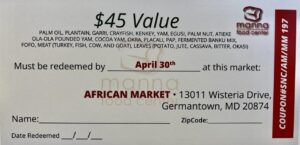
The program came about during the pandemic when the need to actively reach out to underserved communities became a priority for Manna (as for many hunger relief organizations during that time). A community center catering to local Ethiopians was among the first to inform Manna that its mass food distributions during the pandemic were welcome, but were not exactly hitting the mark. For example, people were not able to access injera, the spongy flatbread that is a centerpiece of Ethiopian meals.
The community center also told Manna that business people in the area who ran their own ethnic groceries were struggling. “So we just put two and two together,” DeCarlo said. The coupon-like vouchers it devised can be used to purchase any food items from certain ethnic groceries.
Last year, Manna distributed 430 vouchers every month for use at eight local grocery stores. This year, it expects to distribute 585 vouchers monthly for use at 13 groceries. People receive $45 a month through the vouchers, which the stores collect and validate to get reimbursed by Manna.
The food bank relies on its community partners to identify participants in the program. This fiscal year it has eight such partners, representing communities including Senegalese and Vietnamese, up from six last year. These organizations are not necessarily pantry partners of Manna’s, but are valued for the close ties they have to the communities they serve.
Having a paper-based program makes it accessible to more stores, but also very labor-intensive, DeCarlo said. “We’ve had one provisional conversation with Instacart about how we might make this more technologically up to speed. But some of these small corner markets are not able to manage even typical SNAP or EBT transactions,” she noted.
A related program, which supports students in local schools, is somewhat more automated because it takes advantage of actual gift cards issued by Giant, a local grocery store chain. Last fiscal year, Manna distributed 130 Giant gift cards of $40 each to support 30 students. This year, the program has been expanded to include eight schools, with 400 students receiving 1,600 grocery gift cards. “It’s very experimental,” DeCarlo said of the program. “But we know the teachers and the school coordinators love it, especially with so many other benefits going away.”
Distributing gift cards raises an almost existential question for food banks: Does it make sense to use vouchers and/or gift cards to supplant distributions of purchased food? Food banks could save money on purchasing food, and instead give more people the ability to shop, DeCarlo noted.
One drawback, however, is that food banks are not able to interact with the people they’re serving if they send them to the store, making it harder to tell them about education opportunities like how to shop on a budget. “We’re not able to engage them if we’re one step removed through community partners,” DeCarlo said. – Chris Costanzo
CAPTION FOR PHOTO, ABOVE: Leafy greens such as jute, ugu and okazi are available at the African Market in Germantown, Md.
Like what you’re reading?
Support Food Bank News